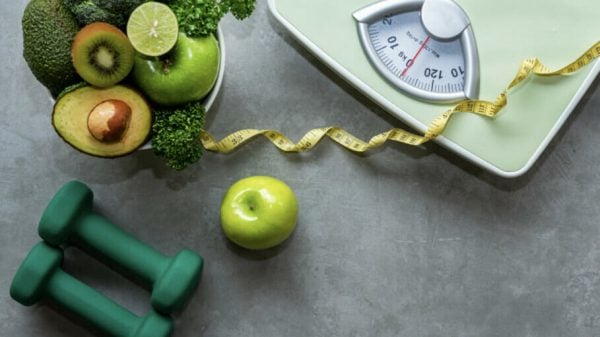If it appears that the weight room at your gym is becoming more crowded these days, you may not be imagining it. More women in particular are embracing weightlifting, and the fitness industry is adjusting to cater to their interest, with multiple boutique studios shifting to strength classes, and Nike introducing its inaugural strength equipment line.
And that’s a positive development. The advantages of resistance training are numerous and thoroughly established: It prolongs lifespan, enhances bone density, alleviates stress, enhances cardiovascular health, and so on (we could continue for a while!).
However, when it comes to the “optimal” power training plan, things can become perplexing. Should you lift heavier weights, or strive to do more sets and repetitions? How frequently do you actually need to lift to witness results? Different influencers will offer a variety of conflicting guidance on what you should or shouldn’t do, while numerous advertisements promote themselves as the next greatest innovation. For a lengthy period, even research appeared to provide ambiguous answers.
“The research on the subject has not been entirely clear with many papers sending mixed signals as to whether repetitions or weight matter more for developing strength versus muscle mass,” says Dustin Willis, DPT, a professor at West Coast University.
Nonetheless, a new, potentially groundbreaking research paper that reviewed over 1000 studies—the largest of its kind to this date on this topic—provides us with increased insight into the matter.
To begin, the paper substantiated what is already well-known about resistance training: Compared to no exercise, nearly any blend of sets and repetitions, regardless of how heavy or how frequently you’re lifting, will result in increases in muscle strength and muscle size. That’s very likely not news to you!
Delving deeper, the researchers discovered that to enhance muscle strength, the training programs that encompassed multiple sets or heavier weights were most potent. Furthermore, those programs that contained both multiple sets and heavier weights received the highest ratings.
However, when the objective was to build larger muscles (what scientists refer to as hypertrophy), the amount of weight you’re lifting wasn’t particularly crucial. Instead, the researchers identified that multiple sets and multiple days of training per week had the most significant impact on muscle size.
Additionally, the researchers also investigated the concept of “training to failure,” or completing as many repetitions as possible until you’re unable to perform any more, as a method to build muscle size. Intriguingly, they determined it typically made no substantial difference. (Although, there was a proviso that this approach could potentially be beneficial for more advanced lifters.)
One other noteworthy finding was related to the “minimum effective dose,” or the least amount you need to lift to observe some results. To gain strength, they found you needed to engage in resistance training for at least two sets or two sessions per week, while for hypertrophy the minimum effective dose was resistance training for at least two sets and two sessions per week.
Summing it all up:
If your aim is to become more robust, concentrate on lifting heavier weights (naturally, do this in a systematic and progressive manner) for numerous sets. The minimum requisite to become stronger is at least two sets or a minimum of two training sessions per week, targeting the same muscle groups.
If your objective is to grow in size, don’t fret about how heavy you’re lifting, but focus on lifting weights more frequently (also in a systematic and progressive manner) for at least two sets and two sessions per week concentrating on the same muscle groups. If you’re a novice lifter, then “training to failure” isn’t necessary, but if you’re more advanced, it’s potentially beneficial to initiate greater muscle growth.
Aside from that, there’s no need to overanalyze it! Concentrate on exercises you enjoy, and you’ll witness the #gains follow.










